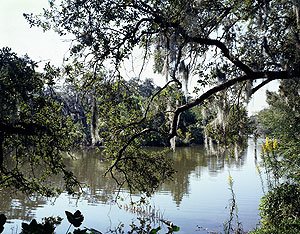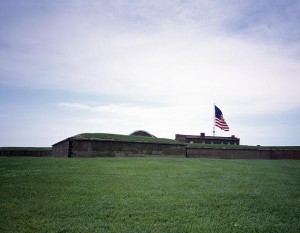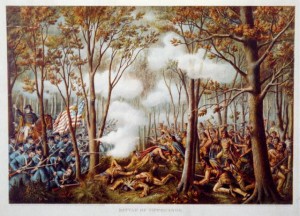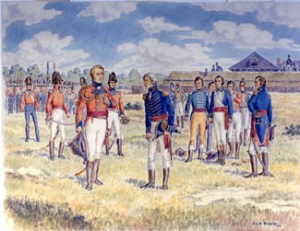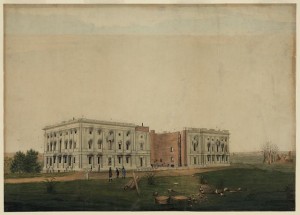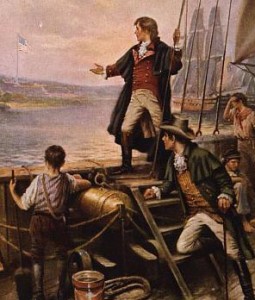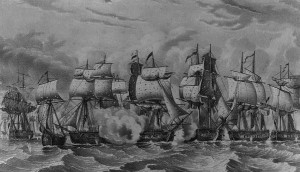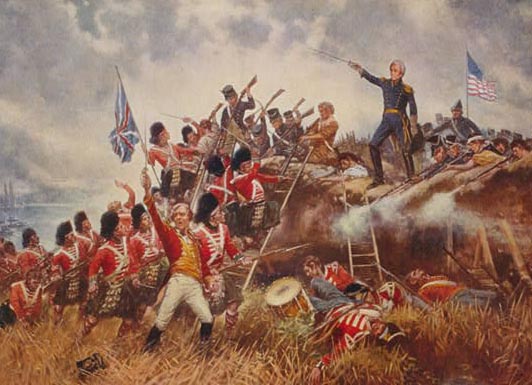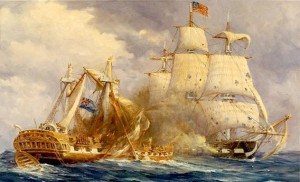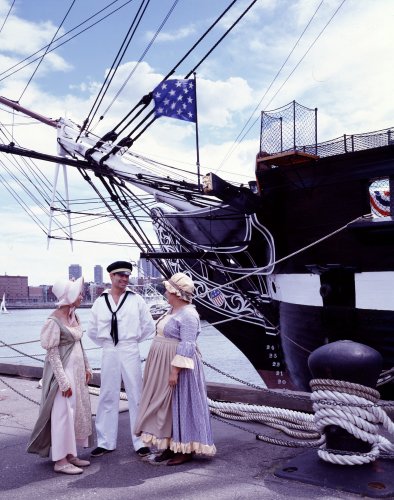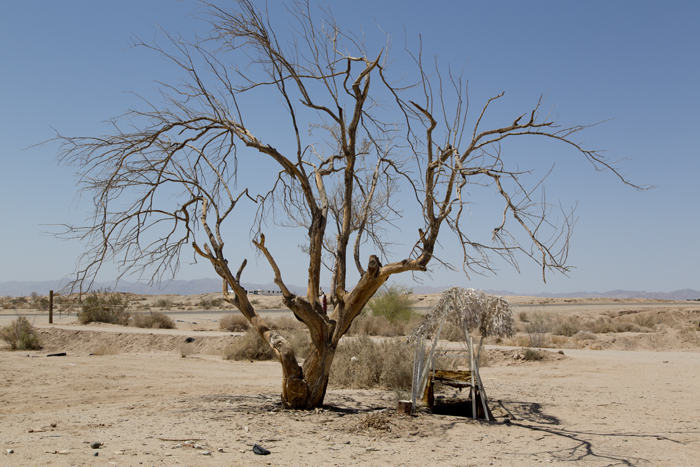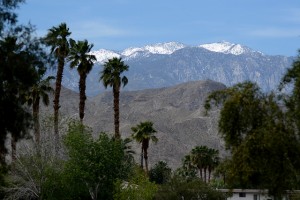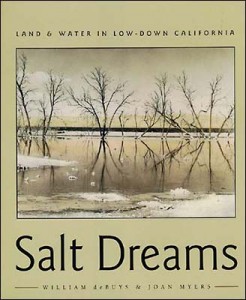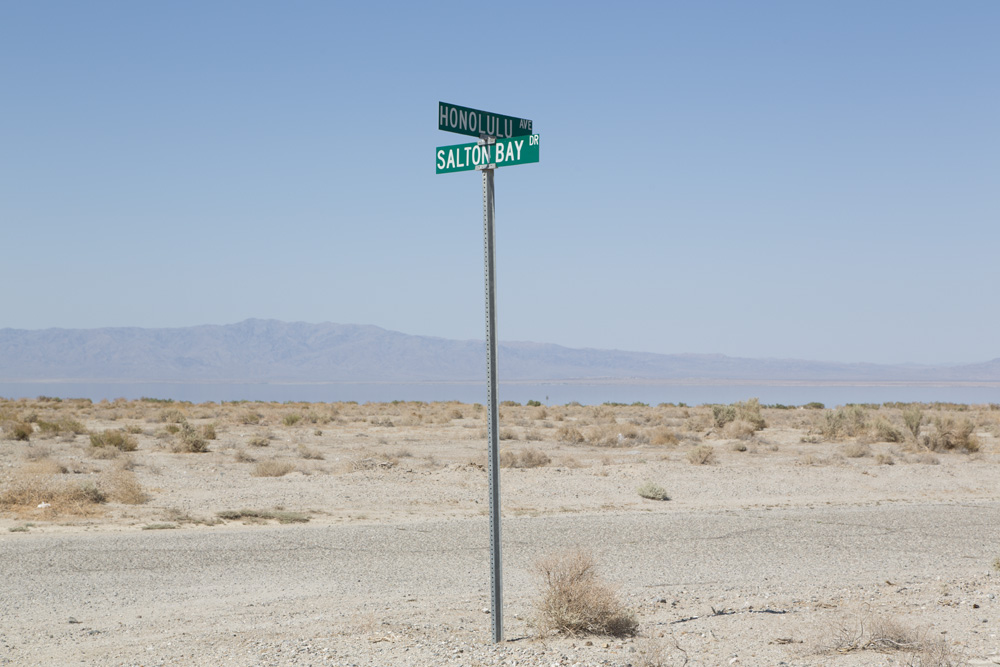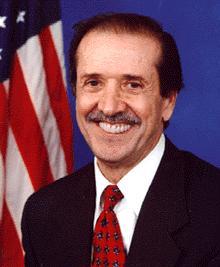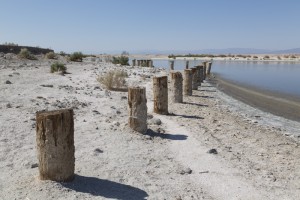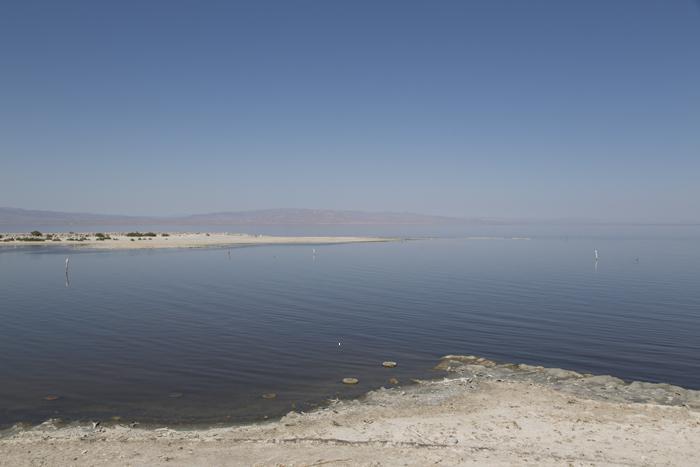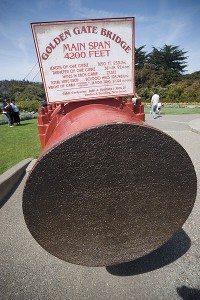I have just returned from a cross-country trip, west to east. I flew to California to collect Carol, who had spent the better part of three months taking photographs in that vast and varied state, and it was time to drive her and her caravan’s worth of equipment home.
We crossed through drought country — a good two-thirds of the nation — where parched land and withered cornstalks have been the landscape this summer. It is not drought of recent African proportions, but it was a sad sight, nonetheless.
Our route took us through three adjoining states — Kentucky, Indiana, and Ohio, along and between which the Ohio River flows.
And crossing that river brought to mind a piece of American history that might interest you.
It’s the story of the Underground Railroad, which some, though certainly not all, Americans know was neither underground nor a railroad.

Slaves are shown escaping by wagon and foot in Charles T. Webber’s 1893 painting, “The Underground Railroad.” (Libraryof Congress)
It was the name given to a secret network — an escape route out of the South — for enslaved Africans in the first half of the 19th Century, prior to our bloody civil war that would lead to their ultimate freedom.
In 1793, just 17 years after the nation gained its independence from Britain, the U.S. Congress passed a law called the “Fugitive Slave Act.” It affirmed that escaped slaves could be recaptured by U.S. marshals or the slave masters’ agents and brought back to their plantations in chains.
The Fugitive Slave Act was signed into law by the nation’s first president, George Washington, himself a slaveholder. He had once tried without success to find an escaped slave who had been his wife’s chambermaid.
Most southerners viewed this as a property right, since they considered slaves to be human chattel.
The law also made it a crime to help an escaped slave flee or hide. It made every escaped slave a fugitive for life, subject to capture at any time, anywhere, within U.S. territory. Children born to fugitive slave women were considered slaves as well; they could also be captured as newfound property of the master.
This spawned the new and thriving occupation of slave-catching bounty hunter. These men also seized many free blacks, including freeborn northerners. Southern blacks set free by their masters, too, if they did not have the papers handy to prove it.
The law also spawned a network to thwart it. The Underground Railroad was first organized in northern churches, where preachers urged their parishioners to disobey the law and hide fugitive slaves.

Levi Coffin risked his life many times over, ferrying fleeing slaves to freedom. (Wikipedia Commons)
The most outspoken was Levi Coffin, a Quaker minister from Cincinnati, Ohio. He was so active in helping runaway slaves that he was known as “the president of the Underground Railroad,” and his home as “Grand Central Station” of this effort.
Ohio was a free state, where slavery was not allowed, and Cincinnati lay directly across the Ohio River from the slave state of Kentucky. Thus it became an important transit point for escaping slaves.
Ohio was also the most direct route from southern states to Canada, then a British dominion, where freed slaves could live with little fear of being pursued and captured. But bounty hunters haunted the docks at the port of Cleveland, on Lake Erie across from Canada, searching for runaways.
By 1860, when the American Civil War broke out, more than 60,000 slaves had made it safely to the Canadian province of Ontario from as far away as the swamps of Louisiana and Florida in the Deep South.
Many had walked barefoot for hundreds of kilometers, or ridden under sacks of grain in rough wooden wagons.
Harriet Tubman, a black women who herself had fled slavery in Maryland for a new life in Ohio, became the most famous agent in the Underground Railroad. She shepherded hundreds of people to safety.
Among the sheltered fugitives was Frederick Douglass, who became one of the nation’s most fiery speakers against slavery. Josiah Henson, too. He was the model for “Uncle Tom” in the popular books about slaves’ “life among the lowly,” written by abolitionist Harriet Beecher Stowe.
In 1833, an Ohio preacher and a farmer started a new little town and a college, both called “Oberlin” and both devoted to what the founders called the “plainest living and the highest thinking.”
The name was taken from John Frederic Oberlin, a minister and social reformer in the Alsace region of France, an early, and passionate, advocate of free public education.
Oberlin would become known as “the town that started the Civil War.” No one town was responsible for that cataclysmic struggle between North and South, of course. Oberlin got the name when, in 1858, a group of townsfolk rescued a fugitive slave. Twenty-seven citizens from Oberlin and another village were arrested for violating the Fugitive Slave Act.

Some of the “rescuers” of the Oberlin citizens on trial for harboring a fugitive slave. (Wikipedia Commons)
Their trial was held in downtown Cleveland, where the citizens sat in jail and more than 10,000 people marched in protest. Not surprisingly, under that kind of pressure, they were found “not guilty.” But the publicity surrounding the trial inflamed passions about slavery all across America.
Both Oberlin College and the city, as well as other towns throughout Ohio, have museums or memorials to the Underground Railroad. Harriet Beecher Stowe’s house in Cincinnati is one, and so is the “Pioneer House” in West Liberty, where a flag was tied to a hitching post as a signal that it was safe for runaways to stop there.

The Freedom Crossing Monument in Lewiston, New York, honors the courage of runaway slaves who crossed the raging Niagara River there to freedom in Canada. (Lee Simonson, Wikipedia Commons)
A favorite story of courage and cunning along the Underground Railroad is told about one man who turned his home into a “safe house.” John Finney lived outside Mansfield, Ohio, where one day he was hiding five escaped slaves in a granary.
A party of bounty hunters rode up, demanding the slaves that they had heard he was harboring.
Finney insisted that the men produce a warrant, and while some of them rode into Mansfield to get one, he invited the others in for dinner. While he said a prayer — a very long prayer — over the food before them, the slaves slipped out of the granary and escaped.
As an Ohioan, I had learned this and similar stories in school. But the saga of a whispered secret known as the Underground Railroad did not come into focus, until one day, many years later here at VOA, I heard about — and then visited — a place next door to Ohio, in Indiana.
It’s the Connor Prairie interactive history park outside the state capital, Indianapolis, which practices “history by immersion” by way of an unforgettable walk in the woods.

One could find the North Star by imagining a straight path from the outer edge of the Big Dipper, or “Drinking Gourd.” It points directly to Polaris. (Wikipedia Commons)
As escaped southern slaves fled northward, hiding by day and moving furtively at night, often their only guide was Polaris, the North Star, which they found by tracing the handle of the “Big Dipper” constellation, or “Drinking Gourd” as it was remembered in a folk song. In the sky, the handle nearly always pointed north, to freedom.
But even when the escapees crossed the Ohio and Potomac rivers into the northern states, they were by no means safe. As I mentioned, slave catchers scoured the countryside, looking for runaways — and the handsome monetary reward that came with each capture.
In the ultra-realistic Conner Prairie presentation, held outside at night and in all kinds of weather along a two-kilometer trail, participants of all races play the part of actual blacks who are rounded up, divided by sex into what the slavers call “bucks and breeders,” and sold like cattle at auction.
With help from white Quakers and free blacks, the fugitives in the park’s “Follow the North Star” program escape and seek hideout stations along the Underground Railroad.
One character, I recall from my own visit to Connor Prairie, advises the escapees to always carry onions with them. “Rub them on the bottom of your feet,” he tells them. “That’ll throw the dogs off your scent. Pepper’ll do the same thing.”
But the encounters are not always so matter-of-fact. Deep in the woods, the escapees are startled by an angry white man, a rough-hewn Indiana oaf who says he left South Carolina because black slaves took jobs he might have had.

Connor Prairie visitors get an all-too-real taste of the terror and humiliation that bounty hunters brought upon captured runaways. (Connor Prairie Interactive History Park)
Then bad turns to worse when, deeper in the woods, the fugitives are seized by a slave hunter. When I watched all this some years ago, that part was played by Doug Heiwig, who helped write the script for “Follow the North Star.”
“Well, well, well,” he cackled. “Lookee what we got here. I said to myself this mornin’, ‘Ben Cannon, this is going to be your lucky day. And so it is.’”
After the program, participants attested to the unnerving realism of what they had just experienced. One high-school girl told me, “I felt kind of like an animal.”
The real captured slaves a century and a half earlier were often whipped, draped in chains and leg irons, and sometimes tugged, barefoot, behind a horse or wagon, back south. Sometimes the slavers would cut off the front of the escapees’ feet so they couldn’t run. When they got back to the slaveholders’ property, they would be a powerful example to those in captivity who might consider a run for freedom.

Participants discuss and reflect on their Follow the North Star experience. (Connor Prairie Interactive History Park)
At the end of the “Follow the North Star” program, participants learn the fate of the real fugitives whom they portrayed. Not everybody made it safely to Canada. Some were captured; others died.
The experience was so powerful that some participants spent the entire hour and a half in tears. Others, especially black visitors, quaked with anger. One Jewish group used the opportunity as a springboard to discuss their ancestors’ exodus from slavery in Egypt.
Whizzing through Indianapolis on a high-speed interstate highway, one would never guess that such lessons could be found amid the cornstalks outside of town.
That’s one of the downsides of those highways.

Frederick Douglass is depicted on the cover of The Fugitive’s Song sheet music. (Library of Congress)



























